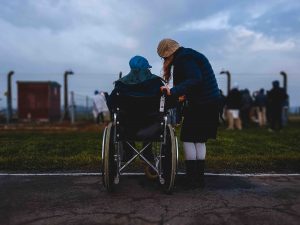Prior to the start of 2020, nobody was considering the ways in which a global pandemic could impact a senior’s risk of suffering injuries as a result of nursing home abuse and neglect. Yet the coronavirus pandemic has, for many older adults, made things worse. According to a recent article in MarketWatch, the pandemic has meant that “many older adults have become more vulnerable” and are suffering harm that otherwise could have been prevented.
Whether you currently live in a nursing home in San Bernardino County or have an elderly loved one in a skilled nursing facility in Southern California, it is essential to learn more about elder abuse risks during the pandemic and what can be done to mitigate them.
Facilities Refusing to Allow Residents to Reenter
 Southern California Nursing Home Abuse Lawyer Blog
Southern California Nursing Home Abuse Lawyer Blog












